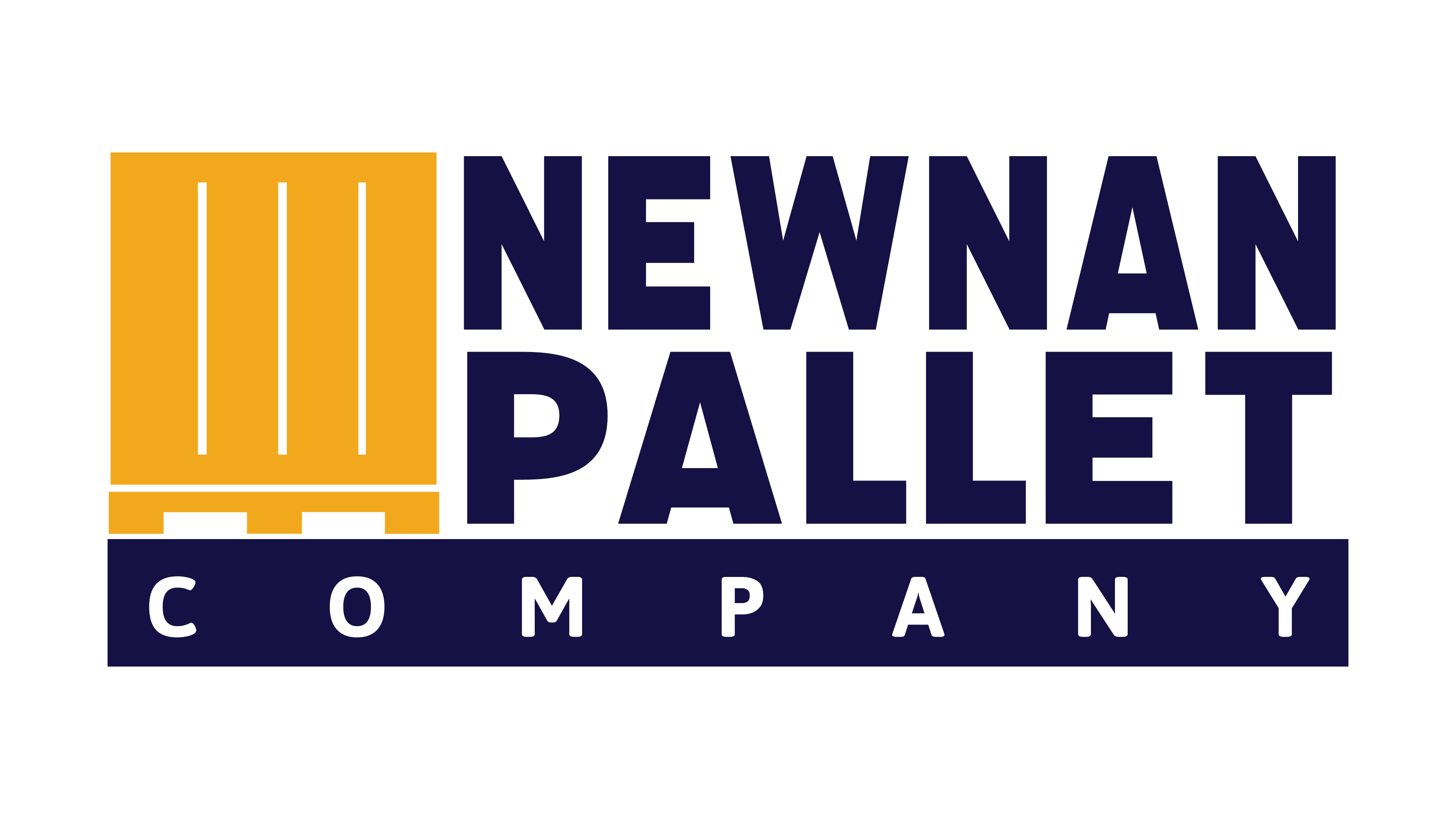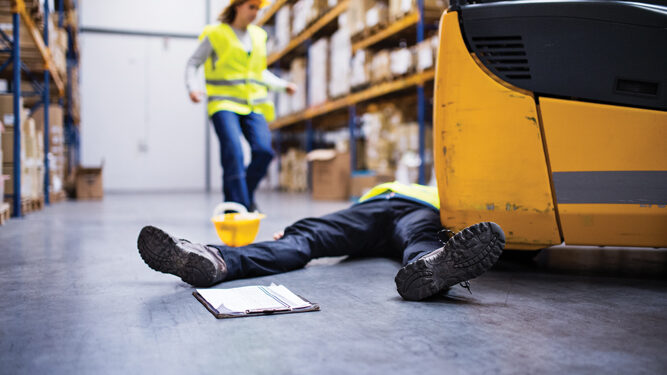Owners and operators at pallet operations know they need a clear head every day to manage the safety of their operations. Last month, we looked at the risks for pallet operations around wood dust, wood waste, grinders and heat treatments. In this second installment of our series on safety, we will focus on two other common risks we often hear about at Pennsylvania Lumbermens Mutual Insurance Company (PLM). These hazards can lead to astronomical losses for pallet operations – forklift loading and delivery-related loading and unloading.
While business owners may think, “I have insurance for that,” in today’s litigious environment where juries tend to side against insurers and with medical costs at a premium, insured companies can quickly find their insurance limits woefully inadequate. When you consider that an injured human foot, crushed by a fallen pallet load or distracted forklift driver, can run up a minimum of $600,000 in medical bills, you can see how quickly insured companies exhaust their coverage limits.
Understanding the risks and implementing best practices for forklifts and deliveries can protect your team members and your business.
Forklift Risks and Best Practices
While forklift incidents may not necessarily be on the rise, the severity of accidents and related jury verdicts have increased.
These forklift incidents can be horrific. One incident that sticks in my mind occurred earlier in my career. A forklift driver neglected to lower his fork and drove the vehicle with the fork at waist height. The driver was not paying attention and accidentally impaled a co-worker with the fork. Incredibly, the worker lived, but in today’s dollars, that would have been in excess of a $1 million claim.
Forklift incidents like this can shutter a business. They are often preventable with the right risk management practices and proper training.
Forklift incidents can be separated into two categories – internal and external. Internal exposures involve a forklift injuring an employee or causing damage to the property. External exposures typically involve the loading of the vehicle, where the driver or a pedestrian could be injured, or the equipment is damaged.
Comprehensive driver safety training is key to the safe use of forklifts in the workplace. Drivers should be trained to drive in reverse if they are handling loads that will block their vision. They should also be instructed to wear seatbelts to protect them from the weight of these 4,000- to 8,000 lb. vehicles. In addition, owners and operators should post clear signage or cones at the worksite instructing drivers and pedestrians where to stand safely. Consider assigning a spotter to protect pedestrians from the work zone.
Other risks and best practices to consider revolve around:
Propane fueling – For operators using propane tank refill services, leaks can occur and cause fires. Employees should be trained to properly replace empties, connect the fuel and check for leaks. For those facilities that have a bulk propane tank, employees should wear Personal Protective Equipment (PPE) while fueling to protect themselves from the cold propane, which can give them instant frostbite. They should also be trained to check for leaks by using soapy water and checking for bubbles.
Charging and cables – Forklift charging cables left on the ground can lead to fires from exposed wiring or damage to vehicles. Operators should ensure cables are hung by the charging dock.
Lithium-ion batteries – Batteries can combust and should be stored safely. Operators should avoid storing batteries near pallets. Fire extinguishers that can handle lithium-ion batteries should be on hand at all times. Workers should be aware that these batteries require different firefighting techniques than typical pallet or electrical fires.
Fork wear and tear – Keep in mind that forks can wear out just like tires. When they get severely worn, they can break, resulting in a dropped load. Operators should require internal checks on forks to make sure they maintain the proper thickness.
Loading and unloading pallets onto forklifts – Improperly secured trailers to docks can also present safety issues. When forklift drivers are loading or unloading from a dock to a trailer, the trailer must be connected safely so the trailer does not become repositioned and cause the forklift to fall.
Shipping and Loading Pallet Best Practices
On the delivery side, drivers also face a series of risks, from improperly secured loads to combustible mulch to loading and unloading.
Before leaving the site with a load, drivers should make sure it is properly strapped and secured. Drivers should also stop regularly during the trip to ensure the load has not shifted in an unsafe manner. Upon arriving at the destination, we recommend pallet operators instruct drivers to move away from the load and have someone onsite to ensure a safe path. Most pallet deliveries are typically completed dock-to-dock, where the end-user’s equipment and team are responsible for unloading.
Finally, the use of telematics can be helpful in the cases of both forklift and delivery drivers. Telematics allow employers to closely monitor driver behavior, helping to control the speed of a forklift or delivery vehicle. Additionally, telematics can be used to determine which forklift within a fleet struck a support pole or piece of equipment. Telematics can also be used to limit areas where the forklift can traverse to help lessen pedestrian incidents. These systems can be tremendously helpful in reducing phantom damages that occur when an employee fails to self-report an incident as well.
Moving Forward
Pallet safety is all about good housekeeping and training programs. Forklift operations and delivery loading and unloading can easily become routine for team members at pallet operations. Owners and operators should ensure their employees maintain a safety mindset with regular training, clear signage, the use of telematics and more.
A good insurer who understands the special risks around pallet operations can be instrumental in helping owners and operators assess and mitigate a pallet facility’s risks.
Take the time to know your risks and improve the safety and future of your operation.
Editor’s Note: Mike Seiwert is a senior loss control representative with Pennsylvania Lumbermens Mutual Insurance Company (PLM), the oldest and largest mutual insurance company dedicated to the wood products and materials industry. He can be reached at mseiwert@plmins.com. To learn more about Pennsylvania Lumbermens Mutual Insurance Company, visit www.plmins.com.
The post Safety First: Exploring Forklift and Delivery Risks for Pallet Operations first appeared on Pallet Enterprise.

